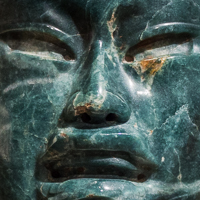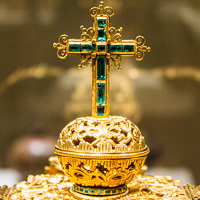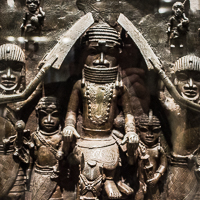
About the Collection
It is the Africa, Oceania, and Americas gallery that completes the Met's coverage of the entire globe and the full history of human creativity. Other collections in the museum gather the highlights of massive civilizations. However, many cultural groups--particularly indigenous ones--never rose to the level of influence and technological advancement of Eurasian or East Asian groups. This is the celebration of disparate tribes. These are not acquisitions of gallery owners, but the collections of colonizers, archeologists, and anthropologists. This is the section where you will learn the most about regions and cultures you have experienced the least.

What You Will See
Ten rooms cover thousands of years of history and hundreds of distant cultures. From Indians of the American Northwest to Central American civilizations to West African tribes to small communities in New Guinea, the collection focuses on breadth rather than depth. These cultures did not build civilizations that could withstand the march of European colonization and their influence on modernity is limited. These are regional tribes, each with their own unique attributes and the gallery is more about anthropology and history than high art. Next to other galleries, the work would seem primitive: wood carvings rather than marble sculptures, reed weavings rather than woven tapestries, pounded metal and uncut gems rather than Fabrege eggs. But they are not meant to be comparable. There is beauty and inspiration to be found in the simplest of the totems or carvings on display.

Why You Should Go
The art here, with a few exceptions, did not influence later creativity like the Greeks preceded the Romans or Chinese thought spread to Korea. Instead, these are the results of smaller communities with fewer connections to foreign cultures. As a result, the objects reflect the history, culture, economy, and beliefs of the tribe that produced them more directly than other collections of larger and more influential civilizations. What is remarkable about this collection, then, is not the difference across indigenous cultures separated by oceans and centuries, but the similarity. Forms of worship, connections to nature, celebration of family--discovering the consistencies between the disparate cultures on display here lead to a better understanding of the universal human experience than any Impressionist painting or Roman statue ever could.




